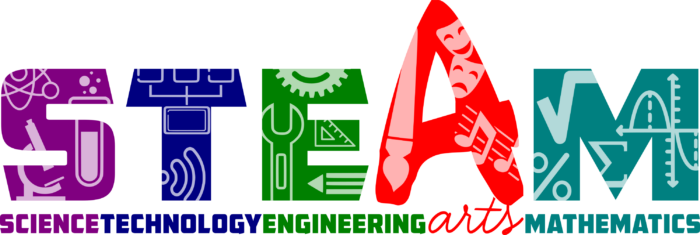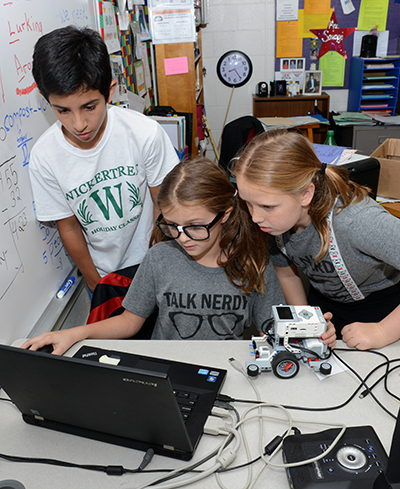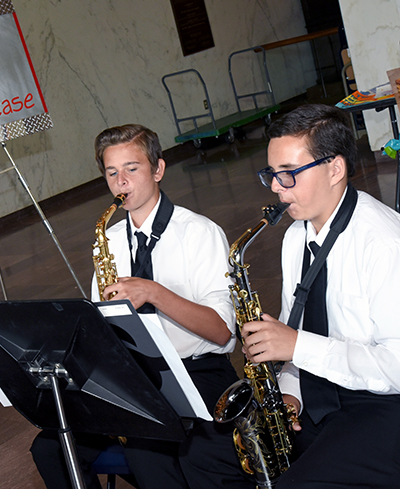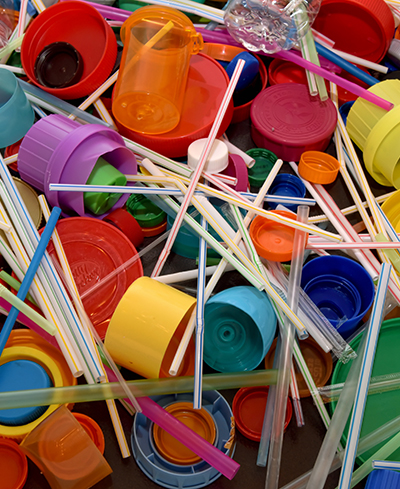
For More Information, Contact Jim Wolfe at the West Virginia Department of Arts, Culture and History via phone at (304) 558-0240 or via email at James.D.Wolfe@wv.gov.
STEAM Grant Final Report Form (Once document opens, use the “File” menu in the upper left to download the document. Form cannot be edited online.)

Click Here for the GoApply Grant Application Portal.
Make sure to read all of the information below! If you experience issues with the portal, please contact the coordinator for the program.
Prior to applying above, make sure you have visited this page to register as a vendor or confirm existing vendor details, and complete the required setup for Electronic Funds Transfer.
STEAM Grant Program
Join the West Virginia Department of Arts, Culture and History as we encourage the integration of Arts and STEM (Science, Technology, Engineering, and Math), putting STEAM into our classrooms and arts education programs.
What is the STEAM program?
This is an innovative grant program that supports education initiatives for West Virginia’s PK-12 students. Partnering with the Claude Worthington Benedum Foundation, we are encouraging schools, arts organizations, and other nonprofit organizations to integrate arts with STEM disciplines in their curriculum and educational programming. Since the beginning of this partnership with the Benedum Foundation in 2015, the WVDACH has awarded STEAM Power WV grants supporting 138 projects taking place in nearly 2/3 of West Virginia’s 55 counties. In this grant cycle, the WVDACH expects to provide funding for at least 20 projects taking place between February 1, 2024 and December 31, 2024.
Why is STEAM important?
STEAM projects explore the intersections between STEM and the arts, encouraging innovation, creative problem solving, critical thinking, interdisciplinary teamwork, and other aptitudes that are critical to college and career readiness.
How does my school or organization apply?
You can put STEAM to work for students in your school or community by applying for a grant. The online application portal opens on August 1, 2023, and grant applications must be submitted through the online portal by October 1, 2023. The link to the portal is at the top of this page. A sample application, which can be used to gather the information necessary to complete the online application, may be downloaded by clicking here.
Projects must take place between February 1, 2024 and December 31, 2024. West Virginia preschool through high school programs, school systems, non-profit arts organizations, and community non-profit organizations with arts-related missions may be eligible for this funding. Educators in the fields of science, technology, engineering, and math as well as those involved in the arts are encouraged to develop these projects. STEAM projects must enhance school and/or after-school curricula through cross-disciplinary activities that include teachers, teaching artists, STEM educators, or other professionals. Arts and community organizations as well as higher education organizations may also be involved as project partners. Final reports are required for approved projects and are due by January 31, 2025.
Prior to applying, all applicants must be registered as Vendors with a W-9 on file with the state. Also new this year, all applicants must register for Electronic Fund Transfer (Direct Deposit). Instructions for completing both of these steps can be found by clicking here.
How much funding is available?
Applicants may request up to $7,500 and must provide a cash match of at least one-third the requested amount. Please see the complete STEAM Guidelines and Application for detailed matching and eligibility requirements.
Priority will be given to projects that
– Build collaborations among teachers, artists and/or STEM professionals
– Thoroughly integrate arts and STEM learning activities and objectives
– Include hands-on and problem-solving activities
– Are innovative, creative, and collaborative
– Include a strong evaluation component
– Can be documented and are replicable
– Take place in underserved areas or among student populations with limited access to STEM and/or arts education projects.
For More Information:Contact Jim Wolfe at the West Virginia Department of Arts, Culture and History. (304) 558-0240 or james.d.wolfe@wv.gov



Arts Navigation
STEAM Education Resources
WV Dept. of Education: STEAM-Minded WV
WV STEAM Technical Assistance Center
Marshall Univ. Early Education STEAM Center
https://www.mueesteamcenter.com/
Institute for Arts Integration & STEAM
The Innovation Collaborative
https://www.innovationcollaborative.org/
Using STEAM to Support Remote Learners
https://www.aep-arts.org/using-steam-to-support-remote-learners/
Preparing Students Through STEAM Education
STEAM Infographic
